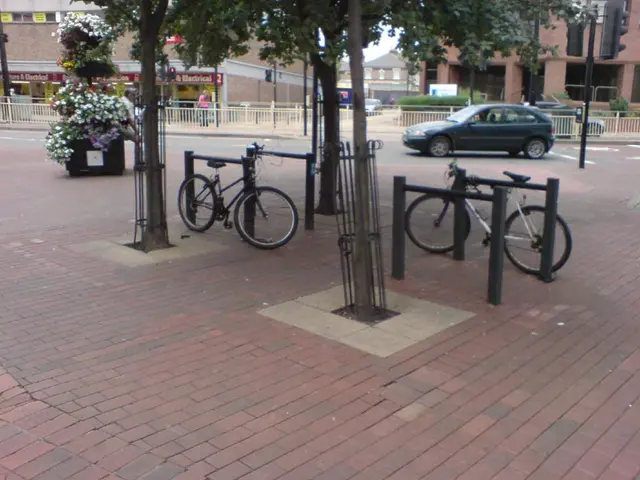Repaired 30-hour Ogee clock in Waterbury - Servicing Details (Part 2)
==============================================================================
In the autumn of 2018, a rare 30-hour Waterbury Ogee clock, dating back to approximately 1870, was purchased from an antique store. This stunning timepiece, with its intricate design and rich history, required some tender love and care to bring it back to life.
The process of restoring this Waterbury Ogee clock began with the servicing of its movement, which had suffered from the ravages of time. The first step was disassembly and inspection, where the movement was carefully removed from the case, and the gear train was disassembled to access the lantern pinions and trundles.
Upon inspection, it was discovered that the trundles on the lantern pinions were in bad shape and notched. To fix this, the worn trundles needed to be removed and replaced. This delicate process required patience, precision, and careful handwork.
The worn trundles were gently pushed or tapped out from the headpieces, taking care not to damage the headpieces themselves. In some cases, a small punch or pin vise was used to press out the worn trundles. Once removed, new trundles were cut from suitable wire stock, typically steel or hard brass wire, and trimmed and polished to ensure smooth rotation and uniform size.
After refitting the new trundles, the movement was lubricated with clock oil, reassembled, and tested for smooth operation. Any adjustments were made to ensure there was no binding or excessive play.
The clock was then reinstalled in its case, and regulated and tested for accurate timekeeping over several days.
In this particular restoration, ten bushings were installed, five on each plate, and pivot wire with a diameter of 1.10mm was used to replace the worn trundles. The front bushing work included the escape wheel bridge.
The escape wheel lantern pinion required a different approach due to its reversed shroud, and worn trundles were sealed with Permatex.
The servicing of this 30-hour Waterbury time and strike movement is being documented in a series of articles, with the first part expected to be a relatively straightforward exercise.
Waterbury clocks, such as this one, are a testament to the craftsmanship of the past. They are a reminder of the intricacies involved in clockmaking and the care required to preserve these historical treasures. For those not experienced with clock repair, it's recommended to consult a professional clockmaker to avoid causing further damage or inaccurate timekeeping.
These 30-hour clocks, with their distinctive design, were once commonplace, and thousands were made. Today, they are cherished for their beauty and historical significance, making them a valuable addition to any collection.
The restoration process of the vintage Waterbury Ogee clock transformed it into an exquisite piece that perfectly complements a vintage-inspired lifestyle. Incorporating such a clock in a home-and-garden setting creates a charming blend of tradition and elegance, adding a sense of history to one's surroundings.






